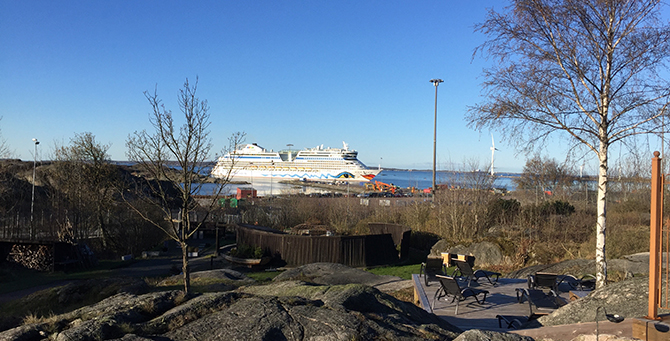Second SNIC All Hands Meeting
Gert Svensson, PDC
The second SNIC All Hands meeting was held on the 25th and 26th of April 2017. SNIC is the acronym for the Swedish National Infrastructure for Computing, the body that organizes the academic use of high performance computing (HPC) in Sweden. The purpose of the All Hands meetings is to share new information about SNIC and the SNIC activities and projects, from both the technical and organizational perspectives, with all the staff at the six HPC centres in Sweden that are funded by SNIC.
This year’s meeting paid special attention to the proposal for a new SNIC organization called SNIC 2.0. Today the Swedish Science Council (VR) funds SNIC, which is formally an organization within Uppsala University. SNIC distributes the funds to the six HPC centres that are members of SNIC. These centres are hosted at various universities around Sweden. Normally the university hosting each centre adds some funding and pays for some in-kind costs at their centre, like rent or power when a new SNIC computer is placed at that centre. This means that Swedish universities without a SNIC HPC centre do not have to contribute anything to the costs of HPC research in Sweden, although their researchers can use SNIC resources on the same terms as researchers based at universities that help to fund SNIC centres. This is being changed in SNIC 2.0 so that all the universities contribute. In addition to making the overall funding situation fairer, this also means that all the contributing universities will have a strong influence on the governance of SNIC.
The SNIC All Hands meeting in April was held at Hotel Arken, which is near the harbour in Gothenburg. Although Hotel Arken is located in an industrial area surrounded by petrochemical and automotive industries, not much of that is visible from inside the facility. The restaurant, for example, has a magnificent view of the entrance to the harbour.

The first day of the meeting covered news from SNIC and the different SNIC projects. The SNIC Director, Hans Karlsson, started by presenting “SNIC Today and from 2018”. Dejan Vitlacil from PDC presented the new SNIC storage project where an iRODS-based solution for storing research data will soon go into production, complementing the existing dCache implementation. Ann-Charlotte Sonnhammer from SNIC presented the SNIC SENS project , which handles data storage for sensitive personal data with all the special considerations that are required for security and preserving anonymity with such data. Magnus Persson from Lund University described some of the potential security threats to computing centres and how to mitigate some of them. Torben Rasmussen from the National Supercomputer Centre, NSC, at Linköping University presented some facts and new ideas about how to best organize the provision of HPC support and in particular application experts in Sweden.
The second day of the meeting was almost totally devoted to presentations and discussions of SNIC 2.0. Sverker Holmgren, who chaired the group that developed the SNIC 2.0 proposal, gave a presentation outlining the motivation for the ideas behind SNIC 2.0. There were numerous comments and questions from the staff of the SNIC centres. Following this presentation, there was a group discussion where the attendees, in smaller groups, worked out advice for SNIC and VR about the future work and implementation of the SNIC 2.0 proposal.